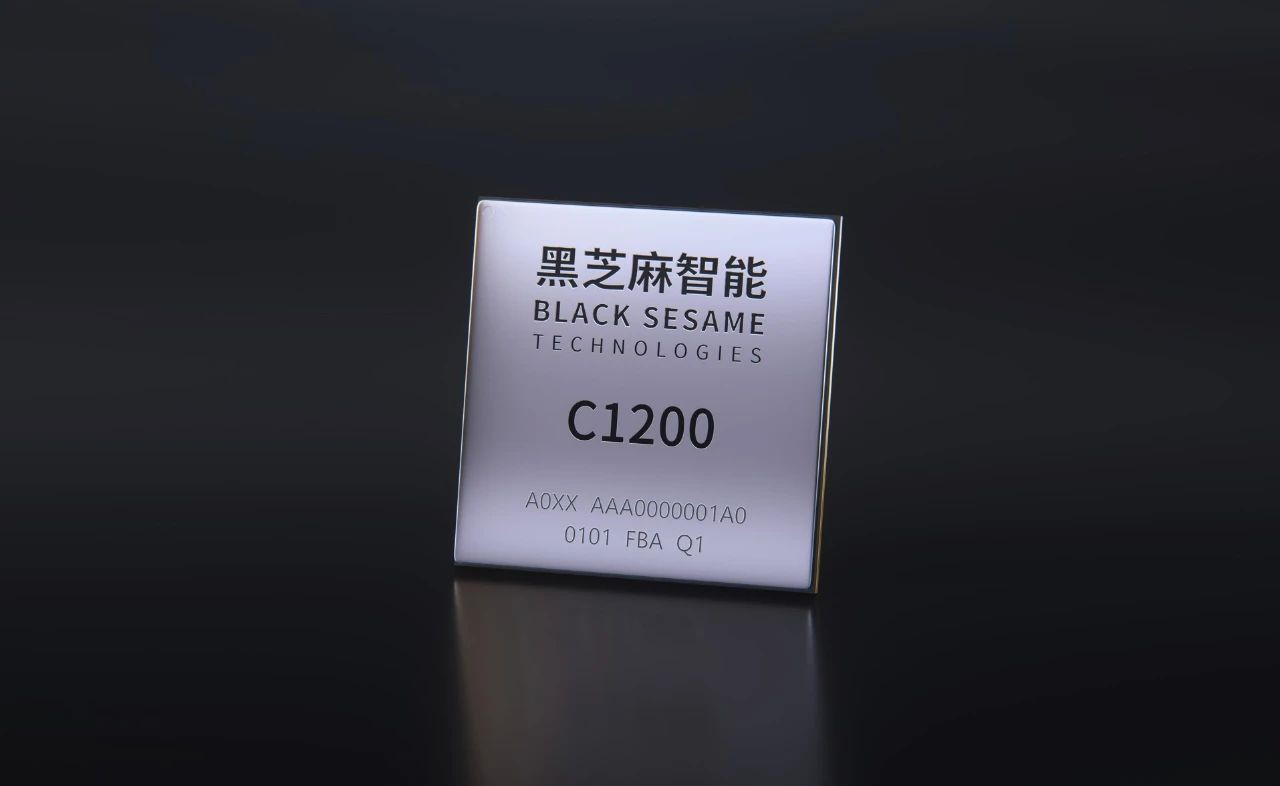Author: Wen Zheng
Editor: Changxian Zhou
On April 7th, Black Sesame Technologies held their largest-ever launch event in Wuhan, China.
As an upstream enterprise in the automotive industry, this strategic release and ecosystem partnership conference for the automotive-grade autonomous driving computing chips and platform R&D company conveyed a very important signal. To some extent, this signal has industry-wide implications.
From the morning’s launch event to the afternoon’s hardware and software forum, the most frequently heard term was “cost-performance ratio.”
As we all know, since the beginning of this year, the price war in the new energy vehicle market has intensified. Both international giants and domestic automakers are under immense cost pressure due to price reductions, which will quickly spread the “chill” to the upstream supply chain.
On the other hand, before 2022, when the intelligent driving scenario wasn’t so clear, automakers wanted higher computing power. By 2023, as people’s understanding of and expectations for the market becomes more rational, many automakers consider L2 as standard and optimize the system as much as possible from a cost perspective, seeking a reasonable overall architecture.
Hence, the automotive industry shifted from solely pursuing high indicators or high-performance autonomous driving functional modules to balancing performance and cost-performance ratio, with reasonable computing power combined with high performance and cost-effectiveness.
For example, chips with 50 TOPS of computing power, represented by Black Sesame’s A1000 chip, can basically fulfill all main functions of L2+ as standard features for automakers. International giants such as Nvidia, Qualcomm, and TI have also turned their attention to launching similar products.
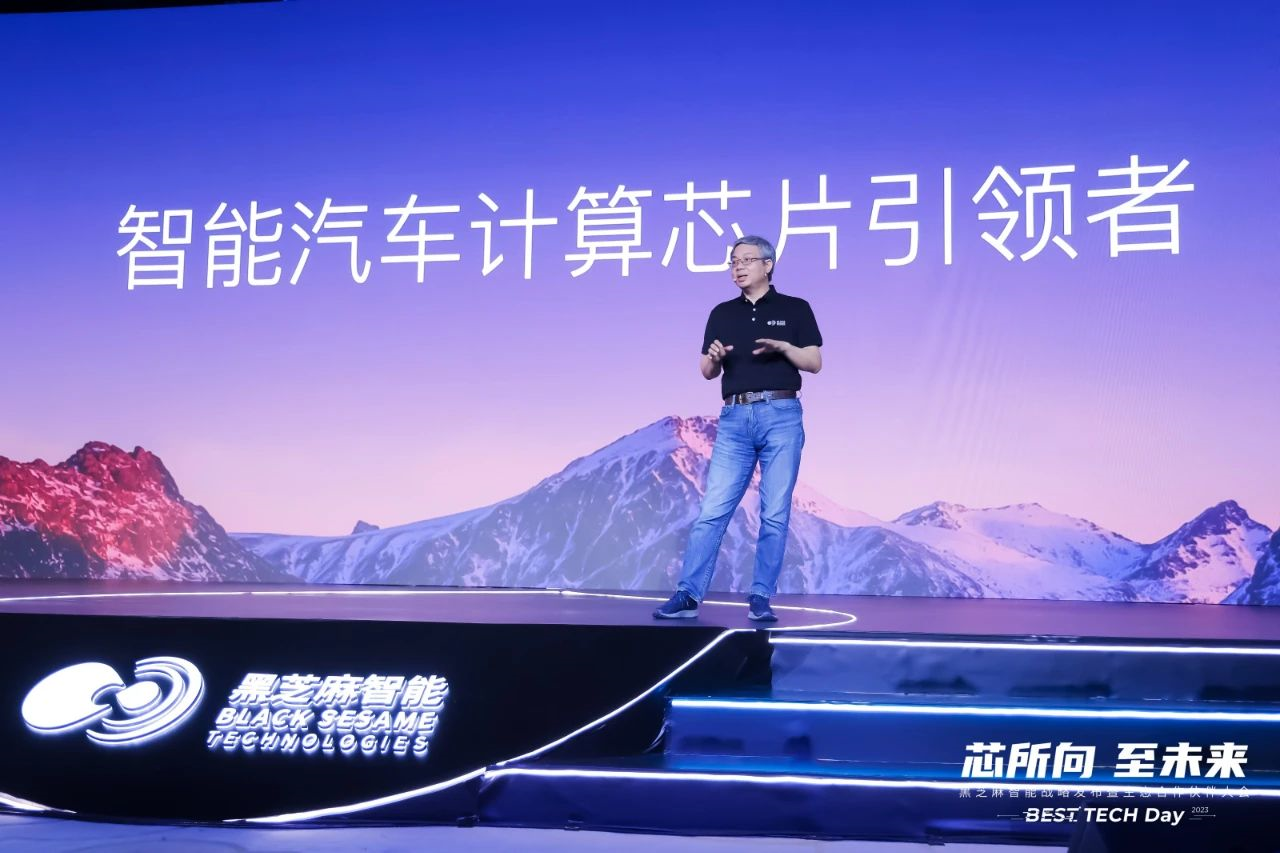
“The primary focus this year is on cost-performance ratio because the goal is straightforward: to achieve the desired functionality and maintain a high cost-performance ratio for automakers. That’s the mainstream view of all automakers this year,” said Jizhang Shan, founder and CEO of Black Sesame Technologies.
To a large extent, this is not a bad thing. The focus on cost-performance ratio stems from the confidence brought by new technologies and is a vital driving force for the scalable and sustainable development of intelligent vehicles.
Integrated Driving and Parking Systems under 3,000 RMB
The so-called integrated driving and parking system refers to the integration of driving and parking functions, which are two separate systems, into a single domain controller. This enables deep reuse of sensors, shared computing resources, and the realization of various assisted driving functionalities.It is widely believed in the industry that integrated driving and parking is an essential stage for automotive products to move towards a higher level of autonomous driving. Starting from the current L2 level and developing towards L3, it becomes possible for high-speed and low-speed states to be integrated into one system. In other words, integrated driving and parking is a “basic skill” in future more advanced autonomous driving systems.
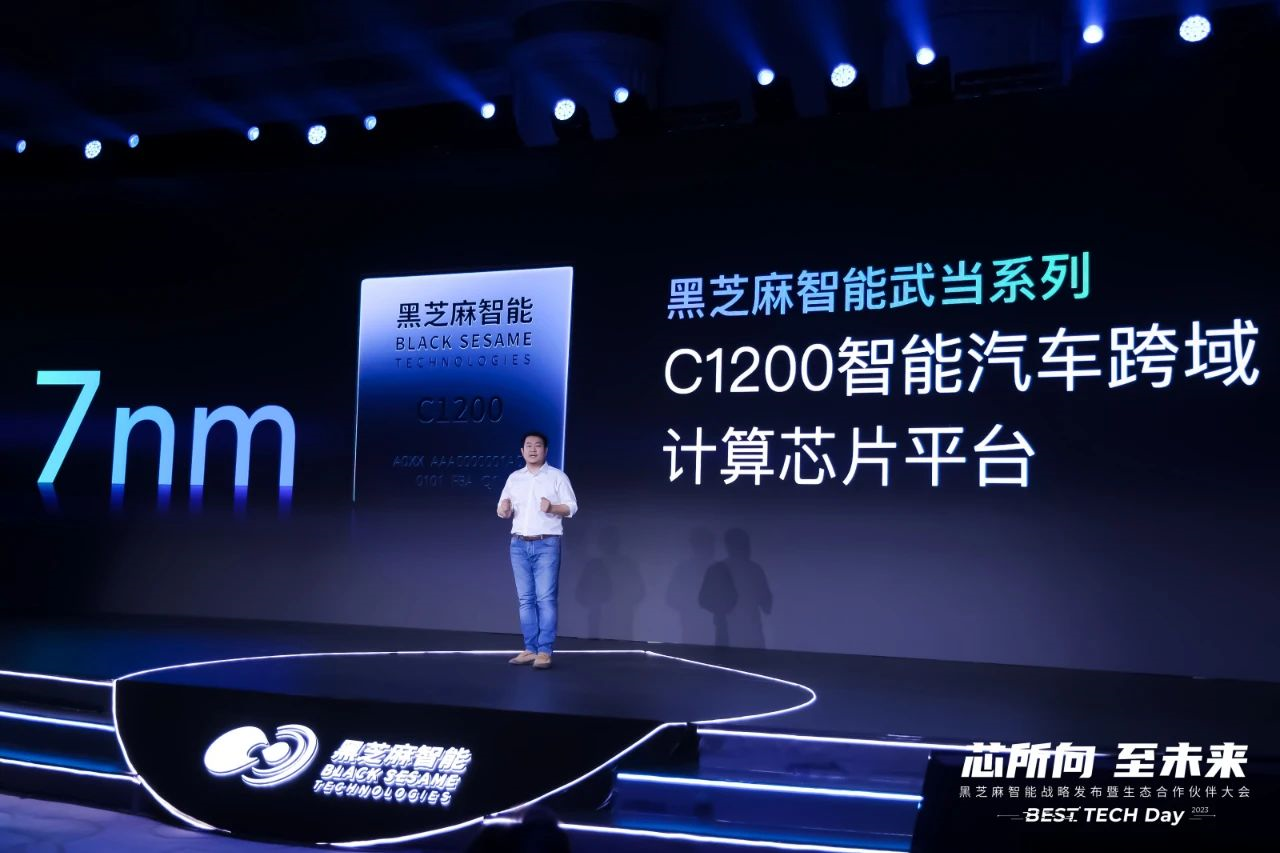
Dingding, Vice President of Hei Zhi Ma Intelligent Products, explained the rationale of the integrated driving and parking trend from a market perspective, “NOA for high-speed driving is the most effective and useful for ordinary people to use autonomous driving. It is achievable and currently a clear short-term goal for autonomous driving.”
The integration of these technologies can cover more driving scenarios, share intelligent hardware, use multi-sensor fusion, simplify interfaces, reduce wiring harnesses, and only require the development of a set of basic software and middleware, significantly improving domain controller development efficiency and saving development costs. Moreover, in the single-chip driving and parking integrated solution, accompanying power chips and storage chips possess cost advantages with the SoC.
Hei Zhi Ma Intelligent is currently able to achieve BOM costs of 3,000 RMB or less for integrated driving and parking domain controllers supporting 10V (camera) NOA features and physical computing power of 50 TOPS~100 TOPS, helping automakers alleviate cost pressures. Dingding revealed that Hei Zhi Ma Intelligent continues to promote cost optimization, with further potential for cost reduction this year.
Previously, DJI Automotive launched low-compute, vision-based intelligent driving solutions with BOM costs dropping to around 5,000 RMB. Hei Zhi Ma’s cost has significantly decreased compared to DJI’s.
“When we think about our customers’ issues, we not only provide top-quality products that meet functional and performance requirements but also maintain a high cost-performance ratio,” said Yang Yuxin, CMO of Hei Zhi Ma Intelligent. Hei Zhi Ma Intelligent’s CPU is more powerful than the Qualcomm 8155 CPU, and its GPU computing power is also stronger.
“We have multi-domain capabilities, reasonable costs, and our neural network’s computing power is not particularly high. We ensure the smooth running of BEV algorithms, which is the product definition approach we follow. Therefore, our products are high-performance, very cost-effective, and not too expensive.”
It is worth noting that single-chip support for an integrated driving and parking system requires early anticipation of trends and well-planned design.Translate the following Markdown Chinese text into English Markdown text, maintaining the professionalism and retaining the HTML tags in Markdown. Only output the result.
Taking the single-chip integrated Parking and Driving solution A1000 as an example, Black Sesame Technologies took the system’s integrity into account during the chip design, and reasonably matched different computing modules such as CPU, GPU, NPU, DSP, ISP, etc to make this single chip better support the integrated Parking and Driving solution.

For instance, considering the parking feature requires a GPU for 3D model rendering and surround view algorithm stitching; furthermore, the sensors being processed are not only vision sensors but also many other types of sensors. To support a more complete functionality, CPU computing power becomes more valuable. Placing multiple DSPs inside the chip to process non-visual sensor data tasks can free up more CPU resources to run the operating system and applications.
“Based on the single-chip A1000 with over 50T computing power for an integrated Parking and Driving solution, we can use an optimized architecture, especially a single-chip-optimized architecture to support integrated Parking and Driving. This has the potential to become a mainstream market option in the future,” said Yang Yuxin with confidence.
Ding Ding shares the same opinion. “The boundaries of applications are becoming clearer, and the implementation path to achieve these boundaries is also clearer. We can foresee the amount of computing power needed, the approximate rhythm of hardware, the algorithms, and sensor configuration. Once the market demands emerge, there will inevitably be large-scale implementation.”
According to monitoring data from the Advanced Intelligent Automotive Research Institute, in 2022, the insured volume of domestically produced passenger cars equipped with standard integrated Parking and Driving domain controllers reached 779,800 units, a year-on-year increase of 99.63%, and the installation rate was 3.91%, on the eve of the market outbreak.
Single-Chip Cross-Domain Integration, A Paradigm Shift in Cost Reduction
Last year, NVIDIA introduced DRIVE Thor, the so-called “strongest autonomous driving chip in human history” with a single-chip computing power of up to 2000 TOPS. It is said to achieve multi-purpose with one chip, integrating the computing demands of autonomous driving, intelligent cockpit, and in-vehicle operating systems, aiming for mass production in 2025.
NVIDIA’s CEO Jensen Huang, also known as “Huang Master,” even shouted the slogan “One chip to rule them all,” pushing the development momentum of high-performance chips to a climax. Interestingly, NVIDIA’s slogan has been realized by Black Sesame Technologies ahead of time.As the beginning of a new strategic development stage, after 24 months of arduous research and development, Black Sesame Technologies officially launches its all-new product line, the “Wudang” series, targeting cross-domain computing applications and promoting the further development of electronic and electrical architectures.
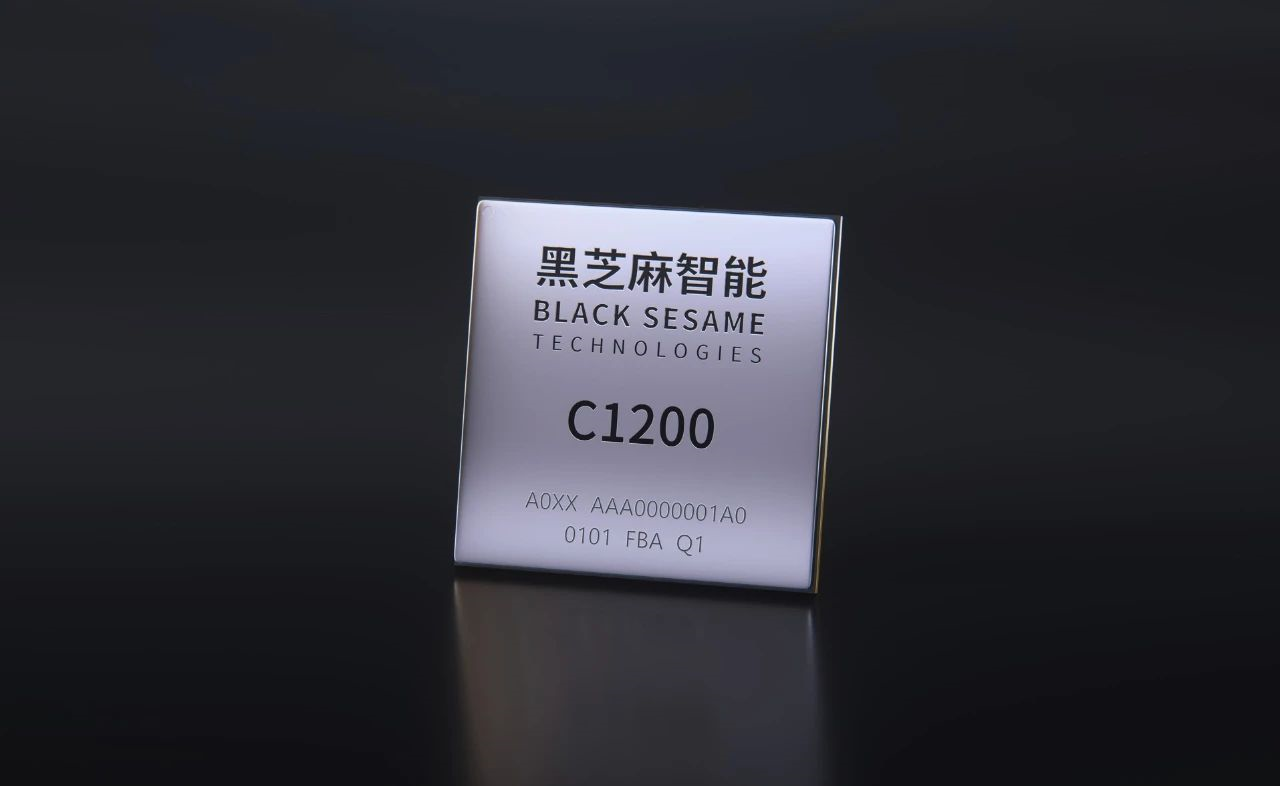
Ding Ding introduces that the first automotive-grade cross-domain computing platform C1200 in the Wudang series supports various architecture solutions such as cockpit AI, dual brain, and central computing. A single chip can meet cross-domain computing scenarios including CMS (Digital Rearview Mirror) system, parking assistance integration, vehicle-wide computing, infotainment system, intelligent headlights, smart cockpit, and cabin perception system.
Dan Ji Zhang reveals that C1200 will provide samples to customers as early as the second half of this year and hopes to achieve mass production and installation in vehicles by the end of next year. This means that its mass production timeline is ahead of NVIDIA.
Unlike NVIDIA, Black Sesame Technologies’ C1200 does not emphasize computing power but focuses on cost-effectiveness instead. Dan Ji Zhang explicitly states, “With this product, we are not competing in the race for higher computing power.”
Regarding the value Wudang C1200 can bring to customers, Xu Xiaoyu, the Senior Marketing Director of Black Sesame Technologies, analyzes it from three dimensions:
-
For the substitution of main chips, replacing several main chips originally used for cockpit and smart drive systems can save a few hundred dollars in costs.
-
After domain fusion, the overall savings on the BOM (Bill of Materials), including power supply, memory, and structural components, can amount to a few hundred dollars more.
-
In addition to cost savings, C1200 can bring greater benefits to car manufacturers, not only in cutting costs but also in creating new revenue sources.
“We see some leading car manufacturers that have already implemented central logic architectures, physically separate but with fast software development,” he believes that this can bring the value of software more quickly to users.
By adopting the C1200 solution and achieving architecture integration, car manufacturers can quickly calculate the capabilities of software and bring value to consumers, which can also generate significant returns for car manufacturers. Therefore, car manufacturers can benefit in two ways: cutting costs and creating new revenue sources.In fact, Black Sesame Technologies has been continuously optimizing the chip system and validating more mature peripheral chips. It is reported that during the perfection of the A1000 solution, the marginal cost of the NOA domain control scheme has dropped significantly. This year, due to the easing of supply shortages in the chip upstream, the corresponding costs have also declined.
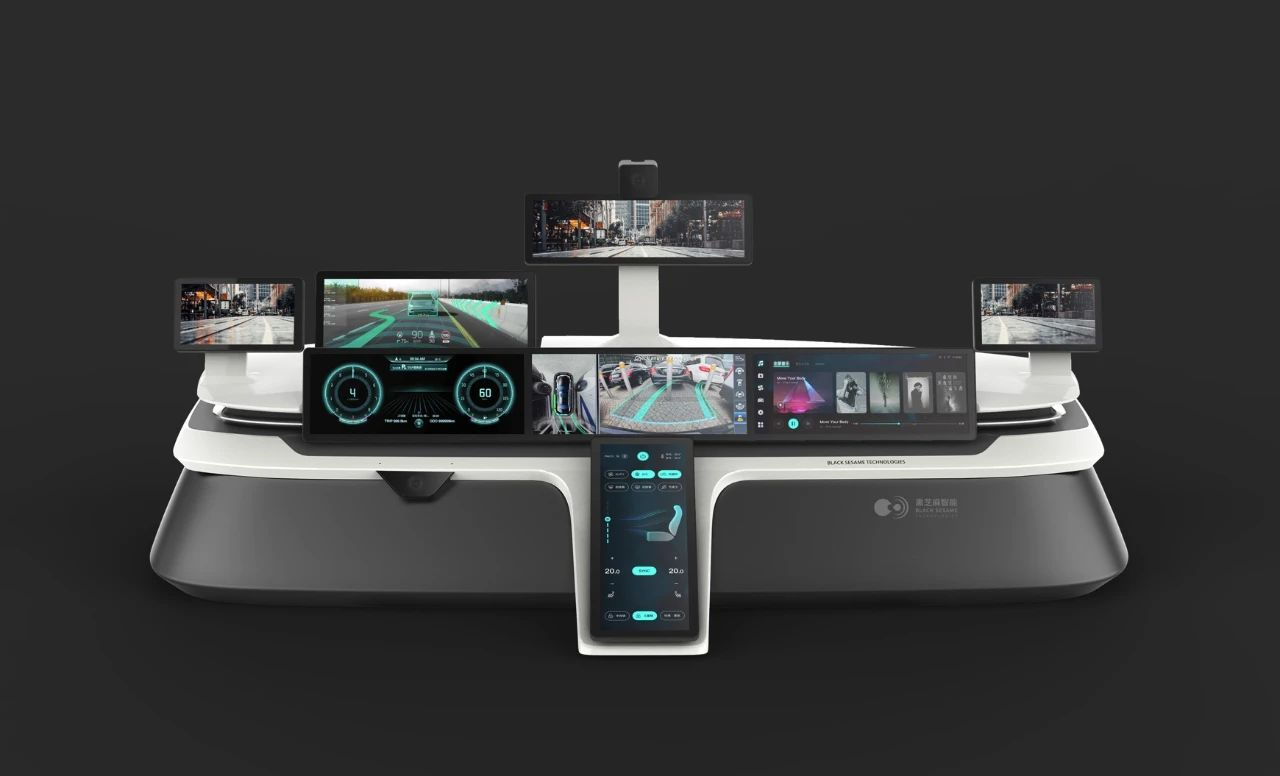
These efforts are not enough; on the C1200 platform, Black Sesame Technologies clearly harbors greater ambitions.
“We aim to achieve a qualitative cost reduction,” said Yang Yuxin. Quantitative reductions can only be achieved through compressing peripheral hardware and software, limiting the decrease to a simple order of magnitude. To accomplish multi-order reductions, the entire system’s structure must be considered, including cross-domain and multi-domain architectural innovations to systematically lower costs on a larger scale.
“While ensuring technological progress, we help our clients optimize their costs more effectively,” concluded Yang Yuxin concisely.
In Conclusion
It is worth noting that during this grand launch event, Black Sesame Technologies underwent a significant shift: their positioning was transformed from a leader in intelligent driving chips to one pioneering automotive computing chips.
According to “AutocarMax,” this change stems from fluctuations in market environment and demand. In recent years, the need for intelligent driving has become increasingly clear, and the demand for in-vehicle computing in intelligent cockpits continuously emerges. As a result, Black Sesame Technologies has prioritized addressing these computing needs with new product lines.
Entering a new stage of strategic development, Black Sesame Technologies will adopt a dual-track approach with the Huashan and Wudang series.
“This is a projection and judgment of our strategy. We hope to increase the value chain of single vehicles by continuously expanding our product lines,” admitted Yang Yuxin. This effort also represents Black Sesame Technologies’ ongoing pursuit of commercial appeal.
For Dan Jizhang, a co-founder and president of Black Sesame Technologies, a clear figure—an ideal—resides in his mind.
He and Liu Weihong, another co-founder, have calculated a goal: achieving $1000 in revenue per vehicle in the future.
 At the time, Liu Weihong didn’t believe it. To make perhaps an inappropriate analogy, Tier 1 giant Bosch’s products account for 800 Euros (approximately 872 US dollars) in a BMW car. In view of this, it is indeed difficult for Black Sesame Technologies to reach a target of 1000 US dollars.
At the time, Liu Weihong didn’t believe it. To make perhaps an inappropriate analogy, Tier 1 giant Bosch’s products account for 800 Euros (approximately 872 US dollars) in a BMW car. In view of this, it is indeed difficult for Black Sesame Technologies to reach a target of 1000 US dollars.
However, in Dan Jizhang’s opinion, there is still an opportunity.
He believes that as electric vehicle manufacturing technology becomes more mature, innovative manufacturing techniques are reducing costs, while the increasing intelligence of vehicles means that electronics are taking up a larger proportion, including both hardware and software. Taking Tesla’s FSD as an example, it used to sell for 10,000 US dollars, and later the price increased to 15,000 US dollars.
Dan Jizhang sincerely hopes that intelligent driving will develop rapidly. This is not only an opportunity for Black Sesame Technologies but also a vision for changing the way humans travel.
This article is a translation by ChatGPT of a Chinese report from 42HOW. If you have any questions about it, please email bd@42how.com.
